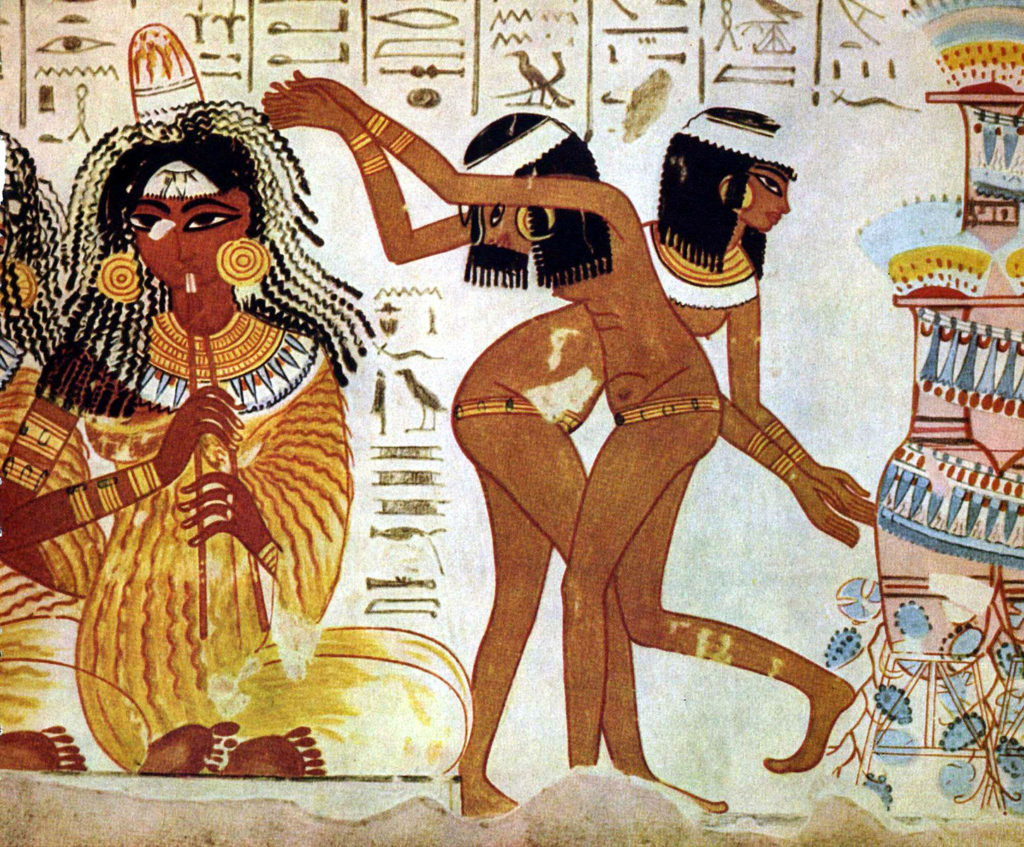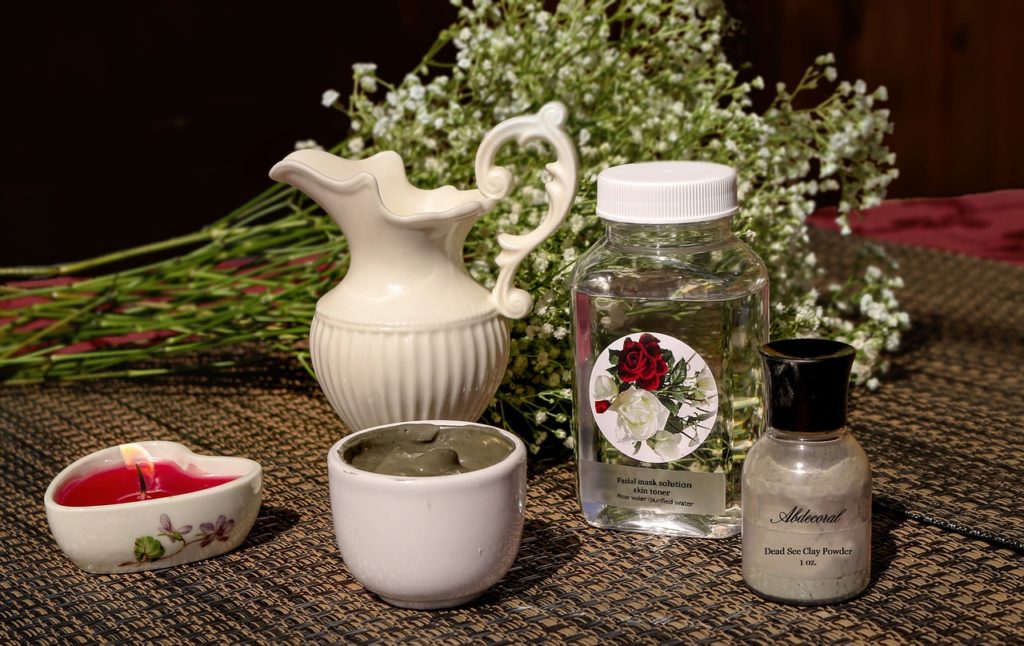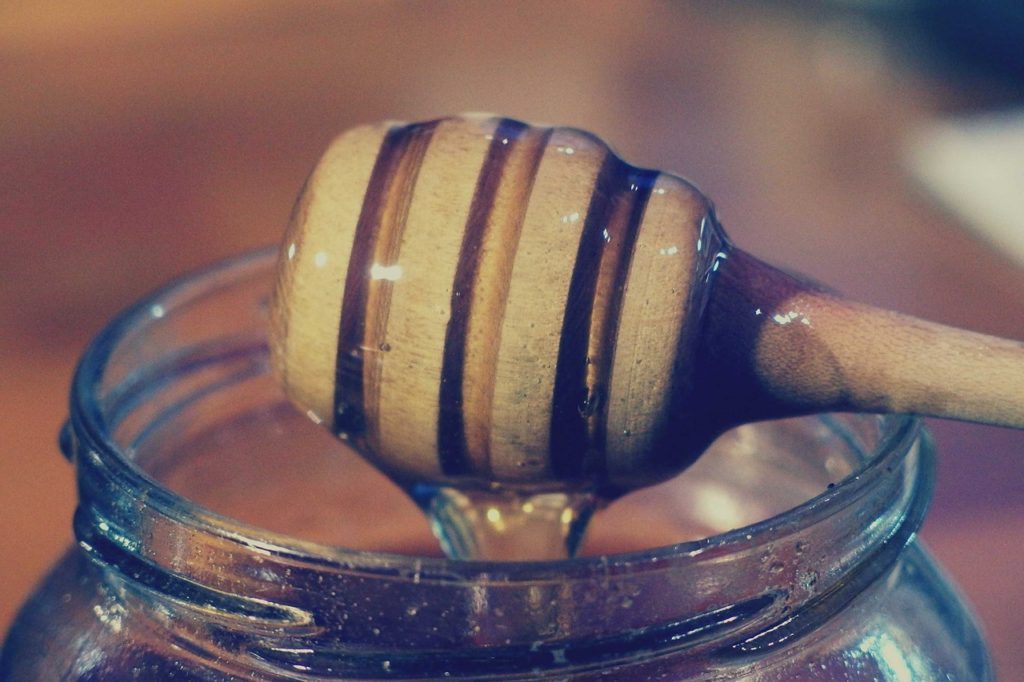Ever stop to consider an ancient Egyptian statue? If so, you likely noticed a few things: long, lean bodies, strikingly symmetrical faces, and attention to detail – including gem-inset eyes and painted eye makeup.
But hey, they’re just statues and probably don’t really even resemble the people they were built for, right? That might be true for other ancient cultures, but the ancient Egyptians wanted to ensure their souls found their bodies in the afterlife. So, the image on their tomb or sarcophagus needed to match their likeness. Experts believe most ancient Egyptian statues and paintings resemble as much as possible those they were created for.
Speaking of the afterlife, Dr. Joyce Tyldesley, senior lecturer in Egyptology at the University of Manchester, told Refinery29, “Most of our information about ancient Egyptian beauty rituals comes from elite tombs — beauty and hygiene were considered so important that the wealthy were buried with the equipment that would allow them to look well-groomed in the afterlife.”
Research, contemplating such ancient images, and scrounging around the Internet suggest that Egyptians took particular pride in their appearances. From essential oils to natural remedies, many of ancient Egypt’s beauty secrets will sound familiar. A few, maybe not so much – it’s rumored, for example, that Cleopatra used to bathe in a mixture of crocodile dung and milk.
And we’re not just relying on the sketchy depths of the internet: archaeological expert Dr. Abdelrahim Reehan told Al-Arabiya.net that in the days of ancient Egypt, every woman had her own makeup box with kohl, hair pins, combs, and perfumes.
Reehan added that a study by archaeologist Abir Sadeq showed that ancient Egyptian makeup was “simple and only focused on accentuating the facial features.” Also, makeup was not used only by the upper classes: “Everyone from the very poor to royalty used them to varying degrees and of different quality.”
So here are a few beauty secrets from the ancient world (try at your own risk!):

Kohl: This one is no highly-classified secret – we still use kohl today. What you may not know, however, is that the prototype to modern-day eyeliner was made from heavy metals which often contained dangerously high levels of lead. According to Marie Claire, ancient Egyptians used to filter their kohl for up to 30 days before applying it to their skin. What’s more, “The low levels of lead left over actually protected their eyes from the sun and boosted the skin’s ability to fight off infections.”

Natural pigments: In the days before mass-produced cosmetics, a bit more effort and creativity had to go into altering one’s appearance. Sure, you could always just pinch your cheeks for that freshly-pink look, but how often do you really want to do that? The Egyptians used red ochre, finely ground and mixed with water, to tint their lips and cheeks, burnt almonds to color their brows, and they reportedly used saffron as an eye shadow. Also, in addition to kohl, ancient Egyptian women sometimes used ground green malachite to outline their eyes.
They also used henna: apparently, they used it to color – yellow and orange – as well as condition their nails.
Milk & honey bath: This is apparently a well-known ancient Egyptian beauty trick. The combination of milk & honey makes a naturally exfoliating and nourishing treatment: the lactic acid in the milk removes dead skin cells, and honey serves as a natural moisturizer (with antibacterial properties!). This was supposedly one of Cleopatra’s tricks.

Rose Water: Have you ever noticed that a number of facial toners use rose water? There’s a reason: rose water prevents aging by “reducing wrinkles and tightening skin pores.” It was also used as a cleanser – and dates back to, you guessed it, ancient Egypt.
Dead Sea Salts: Minerals from the Dead Sea are known to nourish the skin and combat problems such as eczema – today’s cosmetic industry owes much to the practices of antiquity. It is said that Cleopatra herself used to journey from Egypt to the Dead Sea just to bathe. It is also said that after conquering the region, Marc Antony presented Queen Cleo with a deed to the Dead Sea.
https://www.instagram.com/p/BPj6YTAgydM
Natural oils: Ancient Egyptians had access to and likely used more than 20 different kinds of vegetable oils for beauty purposes, according to researcher Judith Illes.
Castor, sesame, and moringa oils were used by wealthy Egyptians to fight wrinkles and preserve youth, and almond oil was used to fight the signs of aging.

Hair Care: According to one source, Cleopatra used to mix honey and castor oil and apply this to her hair to both straighten and repair it. Both men and women rubbed the resin of fir trees into their scalps, believing it would promote hair growth. Almond and rosemary oils were also used to condition hair and promote hair growth.
Many ancient Egyptians, however, shaved their heads and wore elaborate wigs.
Skin care: Ancient Egyptians were big on removing unwanted hair, and may also have invented sugaring. Or at least, they used the method.
Lime was used to treat acne and oily skin, and after bathing – with such as sea salts and clay mixtures, since soap didn’t exist – the skin was rubbed with moisturizing oils, which were believed to “remove facial wrinkles.”
That last part sounds familiar…


